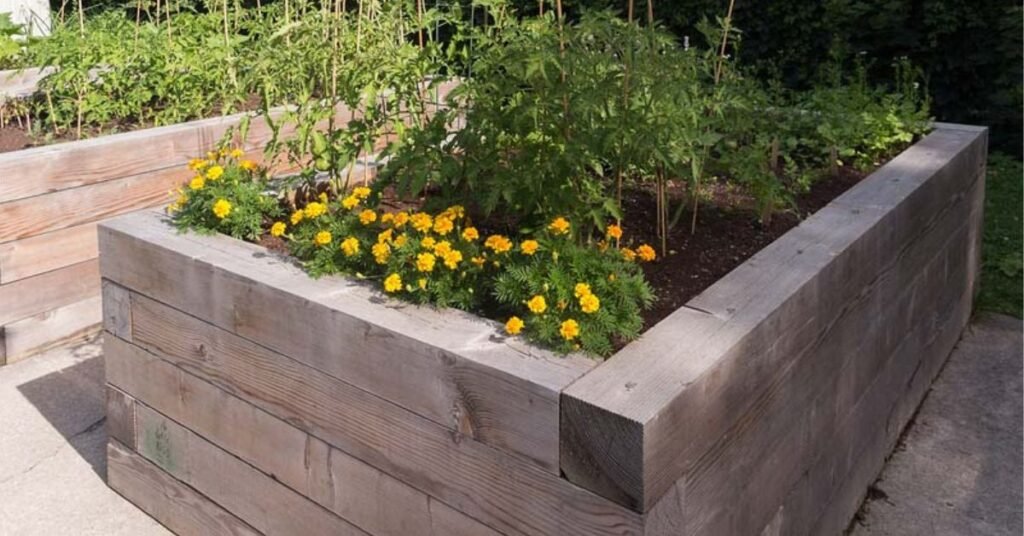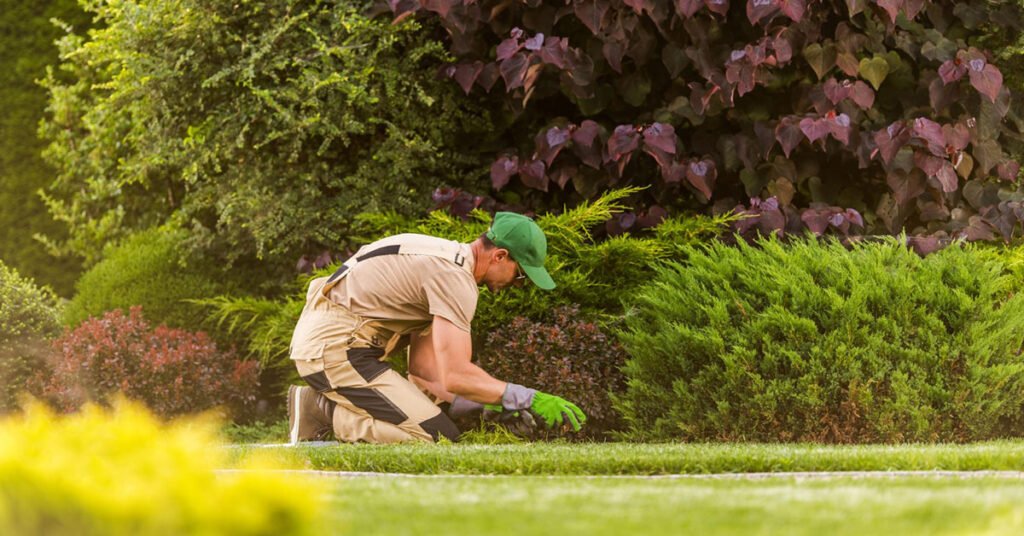Landscape timbers are a versatile and essential element in many landscaping projects. They can be used for constructing garden beds, retaining walls, pathways, and various other structures. For those starting a career in the landscaping industry, understanding the dimensions and applications of landscape timbers is crucial. This blog post will provide a comprehensive guide on the standard lengths of landscape timbers, their uses, and tips for selecting and working with them.
Standard Lengths of Landscape Timbers
Landscape timbers typically come in standard lengths, but variations do exist based on the manufacturer and intended use. The most common lengths for landscape timbers are:
- 8 Feet: This is the most commonly available length for landscape timbers. It is versatile and manageable for a variety of projects.
- 6 Feet: Slightly shorter, these timbers are also commonly used and can be easier to handle for smaller projects.
- 10 Feet: Less common but available, these longer timbers are ideal for larger projects that require extended spans without breaks.
- 12 Feet: Occasionally available for specialized projects that need longer continuous runs.
Dimensions and Variations
In addition to length, landscape timbers come in different cross-sectional dimensions:
- 4×4 Inches: Commonly used for small to medium projects such as garden beds and simple retaining walls.
- 6×6 Inches: Suitable for more robust constructions like larger retaining walls and heavy-duty garden structures.
- 3×5 Inches: Sometimes used for decorative purposes and lighter-duty applications.
It’s important to note that the actual dimensions can vary slightly due to the milling process and whether the timber is treated or untreated.
Types of Landscape Timbers
Landscape timbers come in various types based on the material and treatment process:
- Pressure-Treated Wood: Treated to resist decay, insects, and moisture. Ideal for outdoor use where durability is essential.
- Composite Timbers: Made from recycled plastic and wood fibers, these are resistant to rot and insects and require less maintenance.
- Natural Untreated Wood: More environmentally friendly but less durable compared to treated or composite options. Best for projects where direct soil contact is minimal.
Applications of Landscape Timbers
Knowing how to use landscape timbers effectively is key to successful landscaping projects. Here are some common applications:
- Garden Beds: Landscape timbers are excellent for building raised garden beds. The standard 8-foot length is perfect for creating rectangular beds.
- Retaining Walls: Use longer timbers (10 or 12 feet) for constructing retaining walls. The additional length provides stability and reduces the number of joints.
- Pathways and Edging: Shorter timbers (6 feet) can be used to define pathways and garden edges, creating a neat and organized look.
- Stairs and Steps: Landscape timbers can be used to construct steps on sloped terrain, providing a functional and aesthetic solution.
Tips for Working with Landscape Timbers
Here are some practical tips for selecting and working with landscape timbers:
- Choose the Right Timber: Select the appropriate length and type of timber based on your project requirements. For long-term projects, pressure-treated or composite timbers are preferable.
- Plan Your Layout: Measure and plan the layout carefully to minimize waste and ensure you have enough timber for your project.
- Cutting and Drilling: Use proper tools for cutting and drilling. For pressure-treated wood, wear a mask to avoid inhaling sawdust.
- Anchoring: Secure timbers with rebar or timber screws to prevent shifting, especially for retaining walls and garden beds.
- Maintenance: Regularly inspect and maintain timbers to prolong their lifespan. Reapply sealant or wood preservative as needed.
Environmental Considerations
When working with landscape timbers, it’s important to consider the environmental impact:
- Sustainable Sourcing: Choose timbers from sustainable sources to minimize environmental impact.
- Recycling and Disposal: Dispose of treated wood responsibly, as it can contain chemicals harmful to the environment. Consider recycling options for composite timbers.
Read More: How Far Apart Should Landscape Lights Be?
Conclusion
Landscape timbers are a fundamental component of many landscaping projects, offering both structural and aesthetic benefits. Understanding the standard lengths, types, and applications of landscape timbers is crucial for anyone starting a career in the landscaping industry.
By selecting the right timbers and following best practices for their use, you can create durable and beautiful outdoor spaces that stand the test of time. Whether you’re building a garden bed, a retaining wall, or defining a pathway, landscape timbers provide the flexibility and strength needed for a wide range of landscaping projects.



